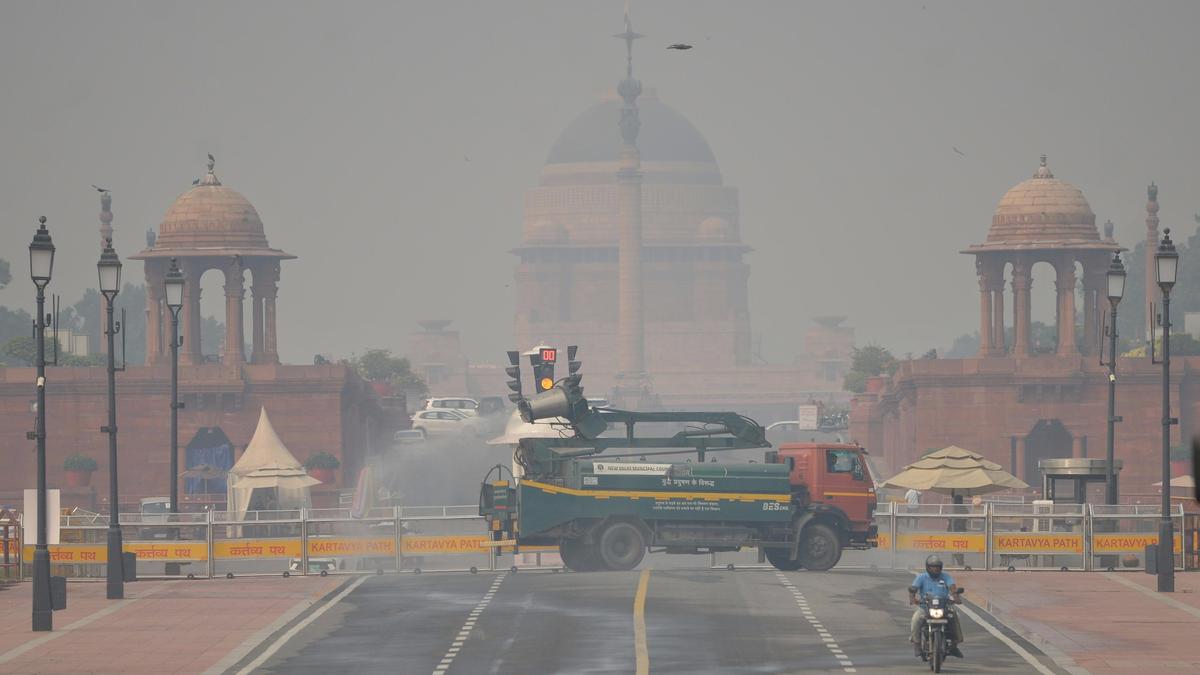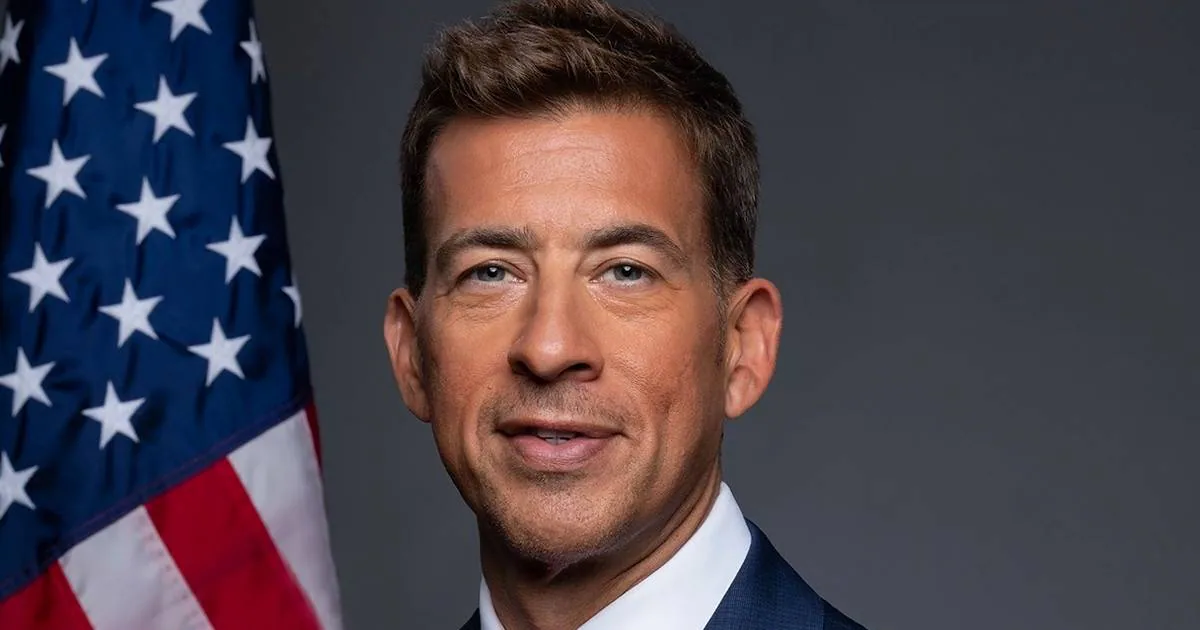Copyright thehindu

A haze of smoke and political blame game engulfed Delhi after Deepavali night as air pollution in the national capital spiked to over 17 times the World Health Organization’s (WHO) safe limits, making it the most polluted major city in the world on Tuesday. Residents across the Capital burst firecrackers before and after the permitted 8 p.m. to 10 p.m. window on Monday, with banned varieties openly available in markets. According to IQAir, a Swiss air quality technology company, Delhi’s air quality index (AQI) stood at 429, the worst globally, followed by Lahore (260) and Karachi (182) on Tuesday morning. The spike in pollution levels sparked a fierce political slugfest. Environment Minister Manjinder Singh Sirsa accused the Aam Aadmi Party (AAP) government in Punjab of “forcing” farmers to burn stubble “to worsen Delhi’s air”. “In Punjab, AAP is deliberately compelling farmers, who do not want to burn stubble, to do so by covering their faces,” he said. Mr. Sirsa alleged that the surge in stubble fires in the last four days was no coincidence. AAP’s Delhi president Saurabh Bharadwaj hit back, calling the remarks an “insult to Sikh farmers”. ‘Insult to farmers’ “When the BJP failed to control pollution in Delhi, it began defaming farmers of Punjab. Sikh farmers would never conspire to defame Deepavali. It is shameful to accuse them. The BJP should not insult them to hide its failures,” he said. As Delhiites burst firecrackers well past the 10 p.m. deadline set by the Supreme Court, air pollution shot up above 100 times the WHO limits in some parts of the city, before falling quickly, show official data. Experts attributed the relatively quick improvement after dawn to higher wind speed and warmer temperatures. “Wind speed around midnight was 5-10 km/h, higher than predicted, which flushed out pollutants,” said a scientist from the Indian Institute of Tropical Meteorology, Pune. The Delhi Pollution Control Committee (DPCC) recorded PM2.5 levels peaking far beyond WHO limits, but crucially, several data points between 11 p.m. and 3 a.m. were missing. Environmental activist Bhavreen Kandhari said: “PM2.5 crossed 1,000 micrograms per cubic metre last night, yet official data went missing at peak hours. If we lose data on the worst nights, how can the Central Pollution Control Board (CPCB) ensure accurate pollution reporting?” DPCC figures showed PM2.5 at 1,753 micrograms per cubic metre in Nehru Vihar at 10 p.m., about 117 times the WHO’s permissible 24-hour limit of 15 micrograms per cubic metre. At Patparganj, the level was 1,144.8 micrograms per cubic metre at 4 a.m., and Ashok Vihar recorded 1,353 micrograms per cubic metre at midnight, all with missing readings around the peak period. Gufran Beig, chair professor at the National Institute of Advanced Studies and founder-director of Centre’s System of Air Quality and Weather Forecasting Research (SAFAR), added that “moderately high” winds aided dispersion from 4 a.m. onwards. “The missing data likely indicates that actual levels exceeded the CPCB data, leading to underestimation of AQI,” he said.



